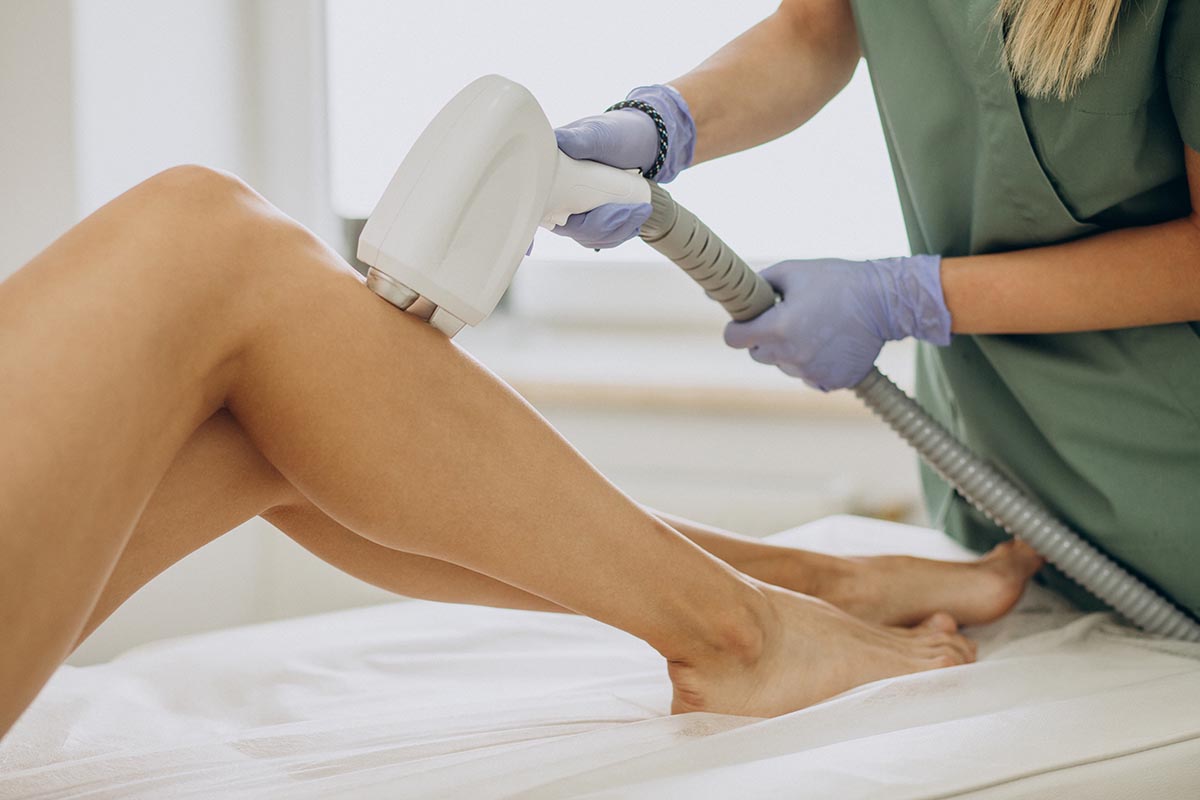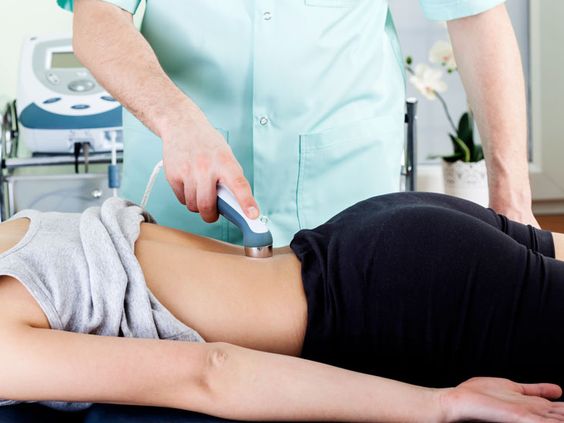10 Benefits of Laser in Physiotherapy
Laser physiotherapy involves applying laser light using a laser therapy machine to the affected area to help your body heal quicker and relieve pain. It helps in tissue repair and in restoring normal cell functions. The laser penetrates your skin to stimulate the cells in your ligaments, tendons, and muscles to promote healing.
Laser therapy is a scientifically-proven method for treating various conditions. It is an effective alternative to surgery and drugs in the treatment of acute and chronic pains. It is also a non-invasive and fast treatment method, which is ideal for people who want to reduce their visits to the clinic.
Uses of Laser in Physiotherapy
Patients use laser therapy either as a stand-alone treatment or along with rehabilitative exercises. Below are some of the common uses of laser treatment in physiotherapy:
- Temporomandibular Disorder (TMD)
- Nerve regeneration (treating Bell’s Palsy, for instance)
- Wound healing and tissue repair (e.g., ulcers and burns)
- Arthritic conditions like rheumatoid arthritis and osteoarthritis
- Repetitive injuries like capsulitis, peripheral neuropathy, carpal tunnel syndrome, bursitis, and tendinitis
- Sports and soft tissue injuries like sprains, ligament strains, and muscle strains
- Plantar fasciitis, neck pain, knee pain, shoulder pain, disc issues, low back pains, and others
There are no particular conditions that quickly respond to laser therapy. However, some individuals will have faster responses compared to others with the same condition.
Why? Because the healing rates of every individual can vary and can be affected by other factors such as age.
Benefits of Laser Therapy
Now, let us proceed to the benefits of laser in physiotherapy.
Faster Treatment Process
Most laser therapy treatment periods only last between 5 to 10 minutes. The treatment duration depends on your condition’s severity, size, and depth. This makes laser therapy ideal for very busy people.
Enjoyable Treatment
Laser therapy induces a warm and soothing sensation, but this depends on the device you are using. Some devices do not induce any sensation at all.
Versatile Options
Laser therapy devices can operate between 0.5W to 25W, which allows for more flexibility in the laser’s intensity. Different pains will require different treatment modes:
- On-contact Treatment Methods – These methods apply different pressure amounts and use different laser head sizes to match the affected area’s size.
- Off-contact Treatment Methods – These are ideal for treating projections or bony protrusions.
Ideal for Both Acute & Chronic Conditions
Laser therapy is not only used for acute conditions but also chronic conditions. Assuming that there are no hemorrhages during injury, laser therapy should be immediately used for acute conditions for the treatment to be effective. The therapy reduces inflammation, which speeds up your recovery.
Laser therapy is also beneficial to individuals who have been experiencing persistent pains or inflammation for a long time due to diseases or injuries that remained unrepaired. With just a few laser therapy sessions, chronic conditions can be treated.
No Side Effects
Unlike most medicines used for pain, laser therapy does not have any side effects. It only reduces pain as well as provides long-lasting pain relief after a few treatments.
Stimulates the Production of Collagen
Laser light helps in collagen production – an essential protein that plays a major role in the healing of wounds by replacing old tissues. Thus, laser therapy is also effective on burns and open wounds. It enhances healing by increasing the number of stem cells and helping in the formations of new capillaries.
Faster Pain Relief
Using laser therapy decreases the sensitivity of your nerves by decreasing pain eliciting chemicals in your body. It normalizes your body’s ion channels and releases enkephalins and endorphins that produce analgesic effects.
Reduced Formation of Fibrous Tissue
Laser therapy reduces scar tissue formation due to surgery, burns, scratches, cuts, or repetitive motion injuries.
Accelerated Cell Growth & Tissue Repair
The light photons from laser therapy machines deeply penetrate tissues and speed up cellular growth and reproduction. When the tissues are exposed to the laser light, your muscles, nerves, ligaments, and tendons are repaired faster.
Anti-inflammatory/Healing
Using laser light increases the production of adenosine triphosphate (ATP) – stored energy in your body. ATP accelerates your cells’ repair processes. Also, laser widens the veins and arteries around your injury to help remove damaged cells and improve the circulation of oxygen and nutrients around your body. It enhances the activity of your blood cells and reduces molecules that cause inflammation.
Note:
There are some precautions that you need to take into account when using laser therapy. It is recommended that both the therapist and the patient wear eye protection during the treatment. Also, laser therapy should not be used over spinal stimulators, pacemakers, and malignancies.
Conclusion
Laser physiotherapy provides a lot of benefits to patients who are experiencing post-surgical pains and acute or chronic pains due to injuries. These include faster and enjoyable sessions, accelerated healing, faster pain relief, and reduction of scars. Laser physiotherapy is ideal for busy people who want to speed up their recovery.




















